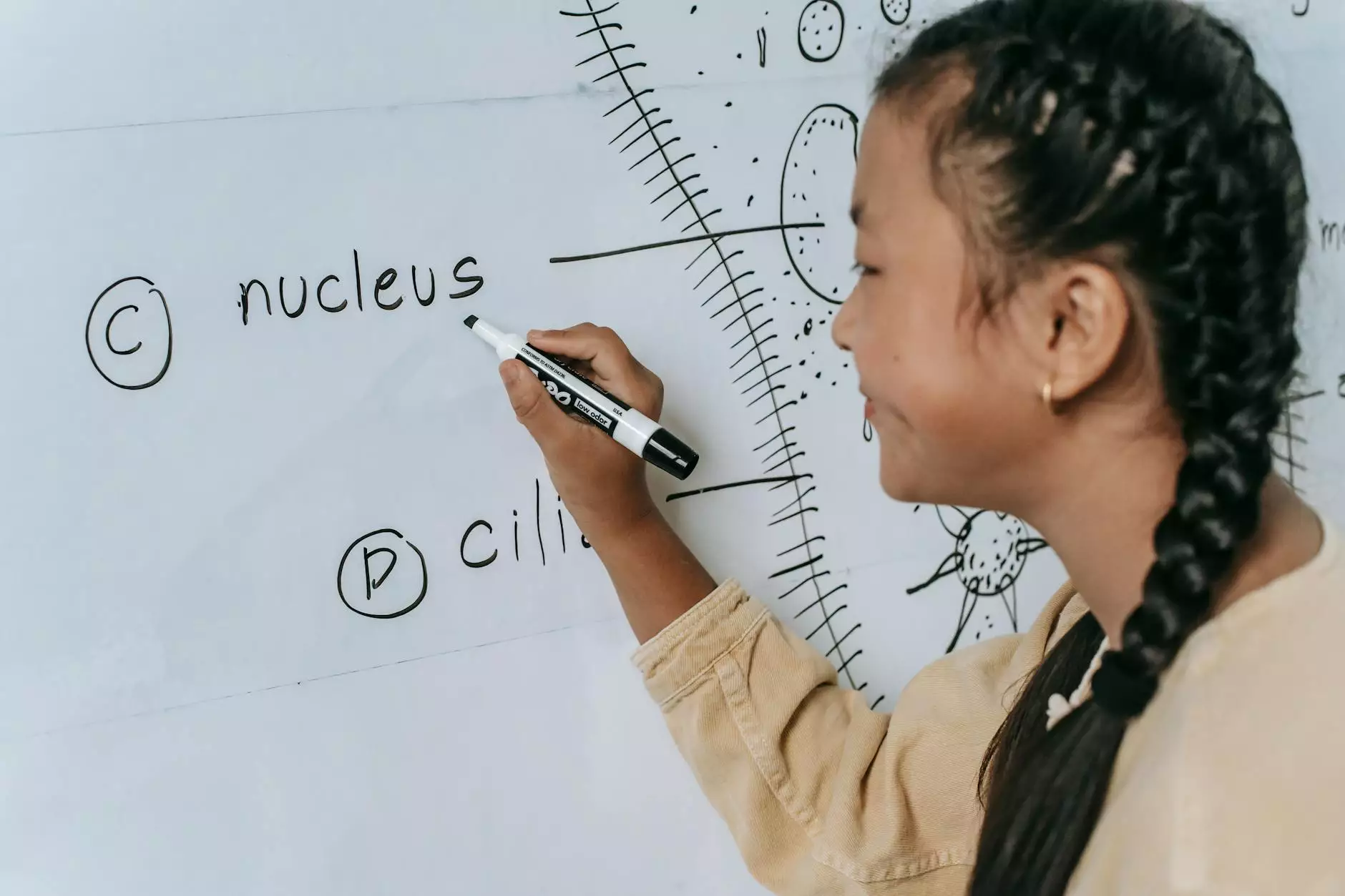7 Surprising Scientific Facts About Love and Attraction

As human beings, we are wired to seek love and companionship. Love and attraction are powerful emotions that have intrigued scientists and psychologists for centuries. In this article, we will explore 7 surprising scientific facts about love and attraction that will deepen your understanding of romantic relationships.
The Chemistry of Love
Love is not just an abstract concept but has a biological basis. When we fall in love, our brains release a cocktail of chemicals that create feelings of euphoria and bonding. These chemicals include dopamine, oxytocin, and serotonin.
Dopamine is a neurotransmitter associated with pleasure and reward. It plays a crucial role in the initial stages of attraction, creating feelings of excitement and motivation.
Oxytocin, often called the "love hormone," is released during physical intimacy and bonding activities. It fosters trust, emotional connection, and overall well-being.
Serotonin is a neurotransmitter that controls mood and appetite. It helps regulate our emotional state and influences our attraction to others.
Physical Attractiveness and its Impact
Physical attractiveness is often the first attribute we notice in a potential partner. Research indicates that physical appearance plays a significant role in initial attraction. Symmetry, facial features, and body proportions are some of the factors that contribute to perceived physical attractiveness.
In addition to initial attraction, physical attractiveness can also influence relationship dynamics. Studies have found that individuals perceived as more attractive tend to have higher relationship satisfaction and are more likely to be perceived as committed and trustworthy.
The Power of Pheromones
Pheromones are chemical signals released by the body that can influence attraction and social behavior. While still a topic of ongoing research, studies suggest that pheromones have the potential to shape our romantic interactions.
These invisible chemical messengers can trigger physiological responses and impact our mood and behavior. Pheromones may play a role in determining whether we feel a romantic connection with someone.
The Role of Similarities and Differences
Shared interests and similarities can foster attraction and relationship satisfaction. When we meet someone who shares our values, beliefs, and interests, it creates a sense of connection and compatibility.
However, research also shows that differences can add spice and excitement to a relationship. The key lies in finding a balance between similarities and differences, allowing for personal growth and novelty, while still maintaining a solid foundation of mutual understanding.
The Impact of Body Language and Non-Verbal Cues
Communication goes beyond words. Our body language and non-verbal cues play a vital role in love and attraction. Research suggests that body language accounts for a significant portion of our communication, even more so than verbal expression.
Eye contact, facial expressions, posture, and gestures can convey interest, attraction, and emotional availability. Paying attention to body language can help strengthen connections and improve understanding in romantic relationships.
The Power of Emotional Intimacy
Emotional intimacy is the foundation of deep, lasting connections. It involves sharing vulnerable thoughts, feelings, and experiences with your partner. Emotional intimacy creates a sense of security and trust, fostering a deeper bond in romantic relationships.
Developing emotional intimacy requires open communication, active listening, and empathy. By cultivating emotional intimacy, couples can experience greater relationship satisfaction and a stronger sense of connection.
The Influence of Timing and Context
Timing and context can significantly impact the development and intensity of love and attraction. The circumstances under which we meet someone, our personal life experiences, and the environmental factors at play can all influence our feelings towards someone.
Meeting someone at the right time when we are emotionally available and ready for a relationship can enhance the connection. Similarly, the context in which we interact with someone, such as during a shared interest or a challenging situation, can create strong bonds.
Conclusion
Love and attraction are complex phenomena influenced by various biological, psychological, and social factors. Understanding the scientific facts behind love and attraction can deepen our appreciation for the intricacies of romantic relationships.
Remember, while scientific research provides insights into human behavior, true love is a deeply individual and nuanced experience. Embrace the journey of love, and may these surprising scientific facts enhance your understanding of the remarkable world of emotions.








